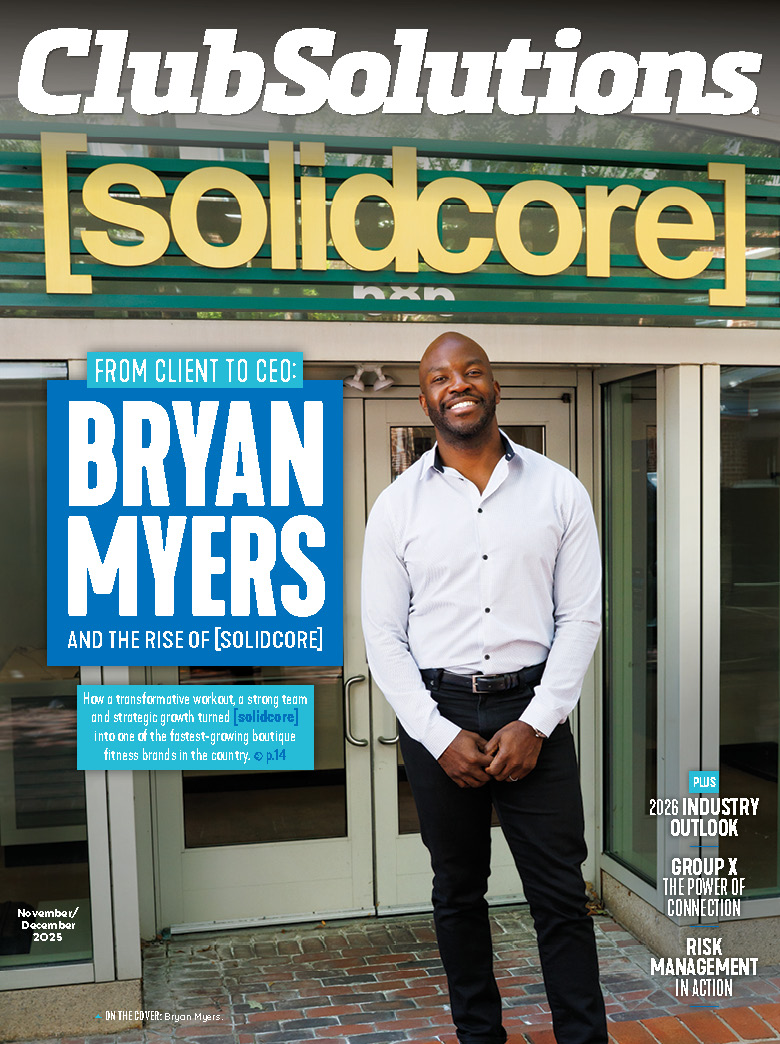When Dr. Kenneth H. Cooper was 29 years old, he decided to go water skiing for the first time in eight years.
In the middle of an attempt to ski a slalom course — in which you zigzag between obstacles — he developed a cardiac arrhythmia. His heart began beating out of his chest, and he became nauseous and light headed.
Fortunately, by the time Dr. Cooper made it to an emergency room, his vitals had returned to normal. But the incident was a wake-up call. Overweight and out-of-shape, pre-diabetic and suffering from mental apathy, he knew he had to make a number of lifestyle changes before his health worsened.
So he did. In six months, Dr. Cooper lost 40 pounds, and a year later ran his first marathon.
“I lost the weight and got into shape, and all of my medical problems disappeared or dramatically improved,” recalled Dr. Cooper. “I thought: This is a field of medicine that has been sadly ignored — the prevention of disease through exercise.”
This revelation has driven Dr. Cooper during the course of his entire career spanning more than 50 years, beginning with the release of his book “Aerobics.” First published in 1968, “Aerobics” introduced the concept of exercise as preventive medicine, making Dr. Cooper a pioneer of the practice.
Today, preventive medicine is backed by years of research — much of which has been spearheaded by Dr. Cooper — and is supported widely by the medical community. But in the early ‘70s, the concept of preventive medicine was a foreign one. Dr. Cooper was widely ridiculed by the medical community in Dallas, Texas, where his first practice resided.
The most contentious aspect of Dr. Cooper’s concept? Treadmill stress testing, which he had pioneered during his 13 year-career in the U.S. Army and Air Force serving as a flight surgeon and director of the Aerospace Medical Laboratory. During that time, he developed the 12-minute and 1.5-mile fitness tests and the Aerobics Point System, used to determine aerobic capacity and uncover signs of early heart disease.
“Immediately I faced tremendous ridicule and animosity from the medical society because I was doing something as ‘dangerous’ as treadmill stress assessing,” recalled Dr. Cooper. “I’d done over a thousand treadmill stress tests in the military, so I knew it could be done safely.”
But not everyone was skeptical. The late businessman Joe McKinney saw Dr. Cooper speak at a seminar and felt confident in his vision. In 1970, McKinney provided Dr. Cooper with the financial backing to purchase an 8.6-acre swath of land in Dallas, on which the doctor founded The Cooper Institute, followed by Cooper Clinic six months later.
The goal? To fund research reinforcing the legitimacy of preventive medicine. Two years later, Cooper Fitness Center was added to the campus to further this mission.
Today, these entities fall under the umbrella of Cooper Aerobics, home to the world’s largest repository of fitness data and recognized worldwide as an authority in wellness, research and education. The original three entities have since been joined by four others: Cooper Spa, Cooper Hotel, Cooper Complete Vitamins and Cooper Wellness Strategies. And, the campus has expanded to 30 acres.
At 86 years of age, Dr. Cooper currently serves as chairman of Cooper Aerobics. In 2007, his son, Dr. Tyler Cooper, took over the reins of the business as president and CEO — cementing Cooper Aerobics as much more than a world-renowned organization, but also a family legacy.
“I praise the Lord every day,” said Dr. Cooper. “I’ve been wonderfully blessed.”
As a teenager, Tyler and his sister worked at Cooper Aerobics during the summers. But Tyler never envisioned he’d one day take over the family business. In fact, he used to say he’d never be a doctor.
“I never had any ambitions of coming back and doing this,” recalled Tyler. “I went to college on a track scholarship at Baylor University and while I was there I didn’t know what I wanted to do, so I ended up getting a business degree because I knew that would be helpful in life.”

After graduating, Tyler spent time traveling, living in Colorado and even Australia. It was during this time that he got the chance to contemplate what he really wanted out of life from a career perspective. “I wanted to be able to do something with my life where I could tangibly be able to give to people every day,” he said. “It occurred to me that medicine was a great way to do that.”
A few years later, Tyler moved back to Dallas and started working again at Cooper Aerobics on the business side, while taking pre-med classes at night at the University of Dallas. Today, he spends half his time seeing medical patients, and the other half working on the family business.
“I like to say it divinely came together without great forethought on my part,” said Tyler. “I love having the opportunity to work with my dad. Being a part of an organization where our mission is to improve the quality of lives is a very special opportunity.”
To pursue this mission, Cooper Aerobics strives for each of its clients to “Get Cooperized,” the company’s tagline. Dr. Cooper coined the term in 1968, and it has since evolved into an eight-step process the organization stresses is vital to its clients living and maintaining a well-rounded, healthy life.
Those eight steps include: maintaining a healthy weight; making healthy food choices 80 percent of the time; exercising a collective 30 minutes a day, five days a week; taking the right supplements; abstaining from tobacco; limiting alcohol consumption; managing stress; and getting a regular and comprehensive physical exam.
A great example of Cooper Aerobics’ commitment to helping members “Get Cooperized” is the Cooper Quest member wellness program, based upon Dr. Cooper’s eight-step process. The foundation of the program are five key health areas: body composition, blood work, cardiovascular fitness, functional fitness and stress management.
According to Brad Wilkins, the senior vice president of operations for Cooper Aerobics and chief operating officer of Cooper Wellness Strategies, the goal of the Cooper Quest program is to provide customers with a blueprint for how to become Cooperized.
“This program helps individuals quantify their health status and identifies the one thing for personal improvement that will drive maximum health benefits,” explained Wilkins. “Cooper Quest is currently being used in our commercial fitness facility, with corporate facility management clients and within our own company employee wellness program.”
Like all of Cooper Aerobics’ programs, Cooper Quest is backed by research and data spearheaded by the Cooper Institute and Cooper Clinic. Over the years, Cooper Aerobics has collected 3,000 unique data points on over 145,000 individuals — data which is used as a basis for studies, program construction and recommendations to clients.
“We are based in research, making us a trustworthy resource to consumers based on the fact that to this day we allow research to make a major impact in our decision making,” said Tyler.
This credibility draws visitors from all over the world to Cooper Aerobics’ sprawling campus. Combined, its seven unique entities make up a health and wellness oasis for those striving to live a better quality of life.
At the heart of this oasis is Cooper Fitness Center. The 50,000-square-foot lifestyle facility — which underwent a $7.4 million renovation and expansion in 2014 — serves approximately 3,765 members, records more than 20,000 visits every month, and holds around 30,000 personal training sessions per year.
Patrons of the medical-based fitness center have access to amenities such as: two heated, 25-yard, six-lane pools; a basketball court; mind/body, boxing and indoor cycling studios; a three-lane, banked-curve indoor track; four tennis courts; state-of-the-art equipment and more.
But the keys to Cooper Fitness Center’s success go far beyond its state-of-the-art equipment and programming. As is the case with all of the entities at Cooper Aerobics, the fitness center’s staff are the backbone of the client experience.
Currently, Cooper Fitness Center employs 28 professional fitness trainers. Training staff are required to have an undergraduate degree in exercise science or a related field, in addition to a national certification.
To ensure trainers are a great fit for the organization, Cooper Fitness Center boasts a professional training advisory board that vets all candidates being considered for a position. The hiring process includes a phone screen and in-person interviews with the advisory board. Prospects are also asked to present a case study to the group and lead a small group training class.
According to Mary Edwards, the director of fitness at Cooper Fitness Center, the hiring process can take between six to 10 months. “We want to ensure we make the right decision,” she said. “You make a career out of what you’re doing here. Our trainers come and they stay. To get a job here is a huge accomplishment [in the industry].”
In addition to high-quality staff, the final ingredient to Cooper Aerobics’ success is a dash of divine intervention — according to Dr. Cooper. Although today the business is flourishing, over the years it has faced a number of challenges threatening its viability.
For example, in 1981, a fire completely destroyed Cooper Fitness Center. “I was interviewed that day and told them I’d build it back bigger and better,” recalled Cooper. “And by God’s grace, we built it back bigger and better.”
A second major trial came in 1988. Amidst a two-year financial crisis in Texas, the bank Dr. Cooper had borrowed $15 million from to fund the fitness center failed, and was taken over by a new, out-of-state bank. Despite the fact Dr. Cooper had never missed a payment, the new lender called the loan early, and devalued the Cooper Aerobics property by millions.
Dr. Cooper fought the bank in court for three years, racking up $600,000 in attorney fees in an attempt to save the business he’d poured his heart and soul into. During that time he received four foreclosure notices.
“The anxiety and fear I felt during that time were horrendous,” said Dr. Cooper. “Finally I was able to restructure the note and pay off the bank, and in 2004 we burned the mortgage on the aerobics center. That was divine intervention.”
Fortunately, those challenges lie firmly in the rearview mirror. Today, Cooper Aerobics is laser-focused on the future and working on a number of exciting projects, including the organization’s first foray with international expansion, through the Cooper Aerobics Health and Wellness Center in Nanjing, China.
No matter where the future leads them, Cooper Aerobics’ foundation in preventive medicine will remain central. That, and an emphasis on relationships and improving the lives of those it serves.
“We’ve really promoted the concept of customer service that’s been lost in medicine and lost in gyms,” said Dr. Cooper. “It’s extremely important to us. That’s the key to success — the relationship you have with your clients and patients. If people realize they have a need and you provide a service so they get the results they want, that will make you succeed in any field.”
Stay ahead in the fitness industry with exclusive updates!
Rachel Zabonick-Chonko is the editor-in-chief of Club Solutions Magazine. She can be reached at rachel@peakemedia.com.



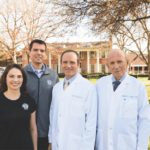
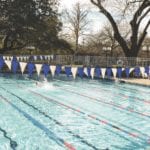

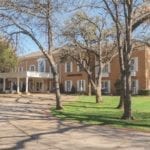

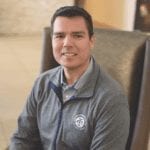
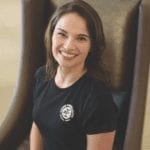
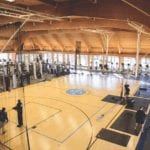

![From Client to CEO: Bryan Myers and the Rise of [solidcore]](https://d296qbqev3kq48.cloudfront.net/wp-content/uploads/2025/11/06151333/CS-NovDec25-CoverStory-3-350x250.jpg)






